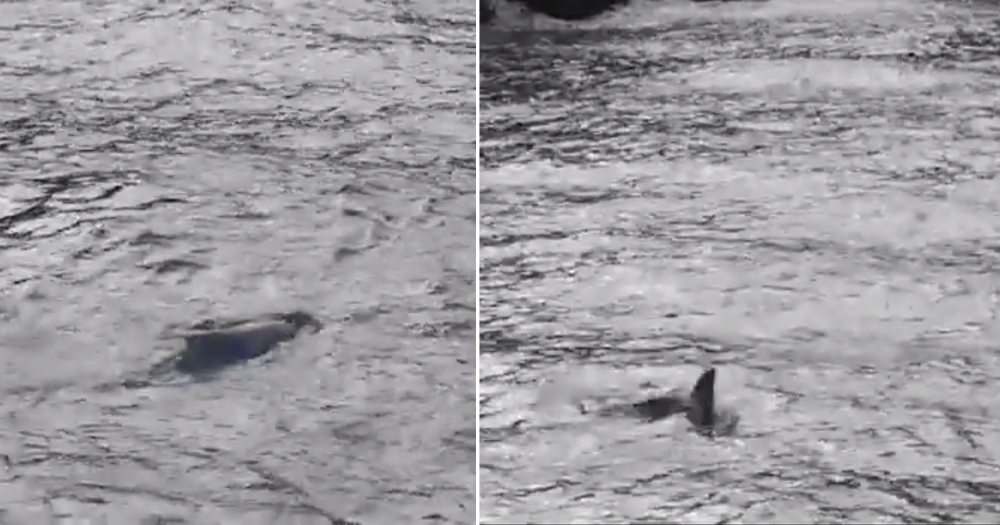Singapore's biodiversity has been underrated.
It could be said that more Singaporeans are becoming cognisant of native animals on land such as the otters, sambar deer and wild boars.
Marine animals, however, do not seem to share as much of the limelight as they are not as conspicuous.
Nevertheless, here's a rare sighting that might spark more appreciation of marine life in Singapore waters.
Wild dolphins sighted
In a video shared to Facebook by nature enthusiast Ria Tan on July 8, 2019, four wild dolphins can be seen briefly surfacing in waters off Labrador jetty at Labrador Nature Reserve.
According to Tan, the short clip was taken by one Jeff Lim at the jetty early in the morning of July 7.
However, the wild dolphins' dorsal fins barely skim the surface of the water in the video, making it hard to identify the specific species from the clip.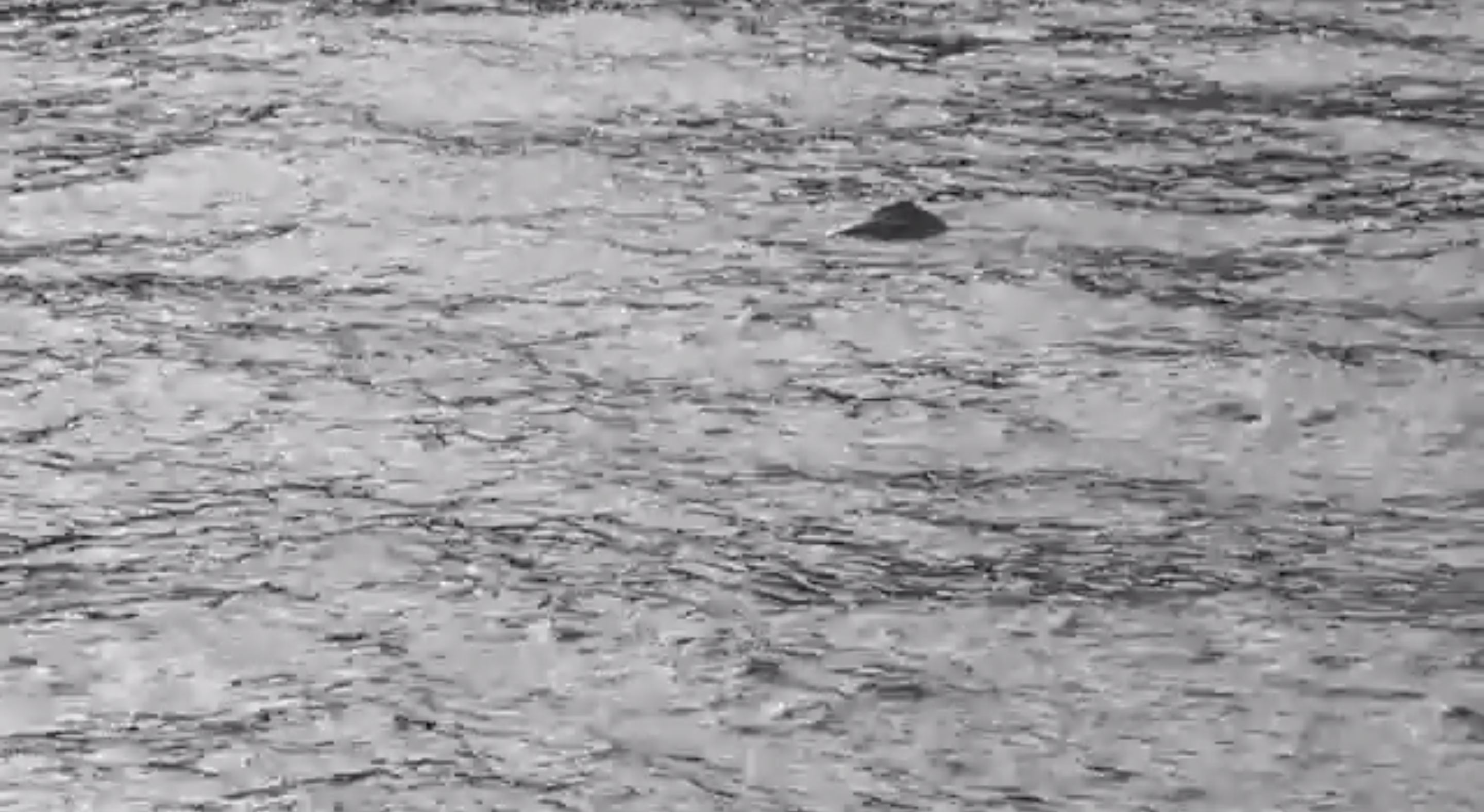 Photo from Ria Tan / FB
Photo from Ria Tan / FB
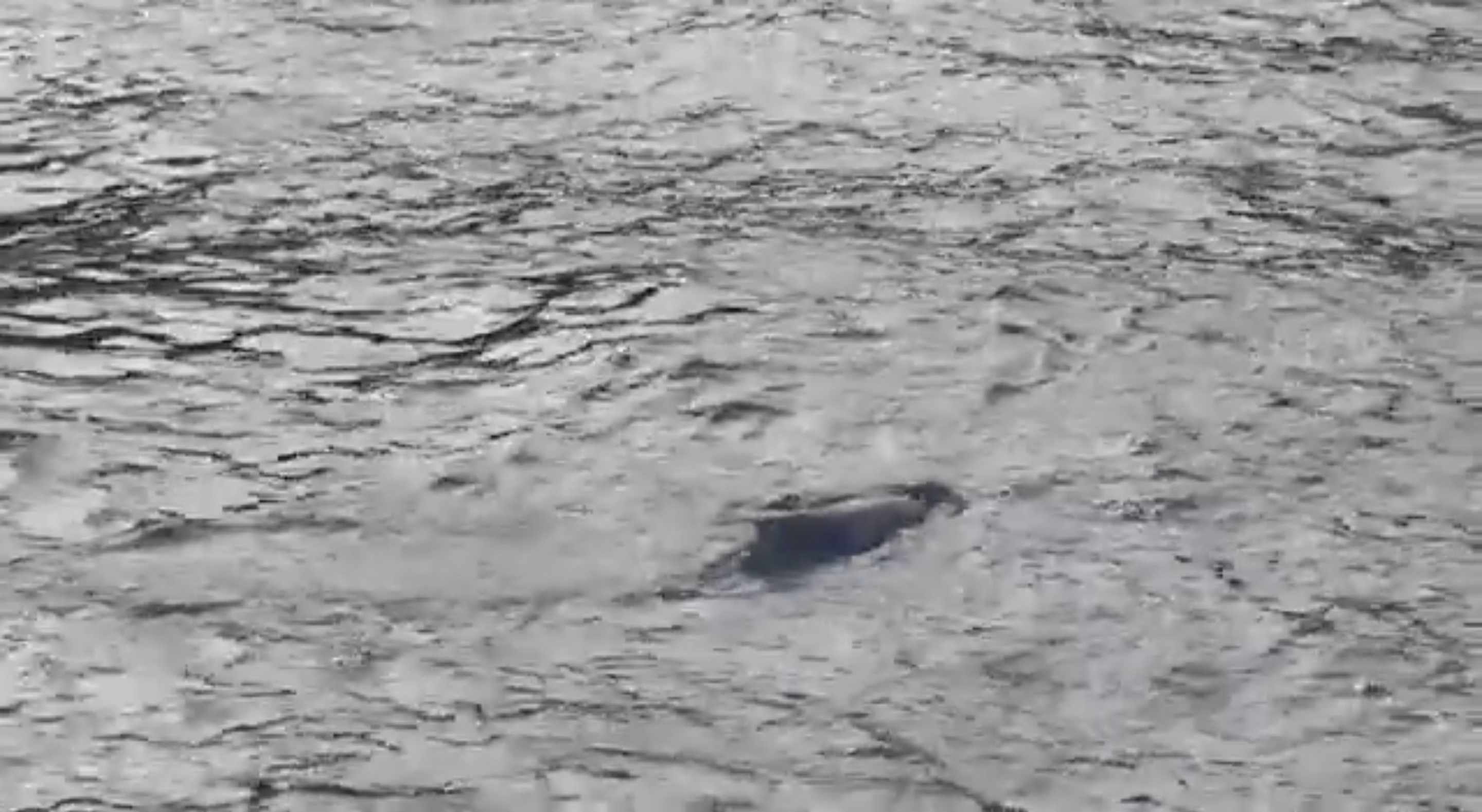 Photo from Ria Tan / FB
Photo from Ria Tan / FB
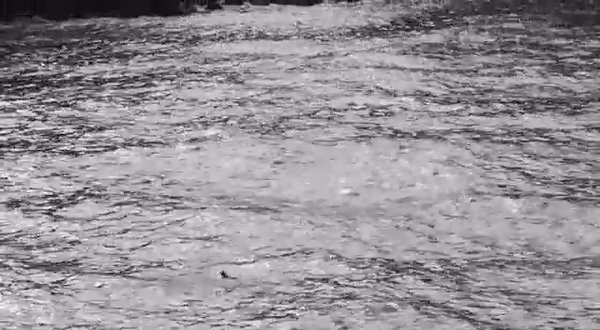
Another video showing wild dolphins leaping out of the waters at Labrador Nature Reserve was also posted on the same day, early in the morning.
The individuals in this particular video might actually be the same as those in Tan's.
Cute.Possibly Indo-Pacific humpback dolphins?
However, it can be postulated that the dolphins might be Indo-Pacific humpback dolphins, a species that has been sighted in Singapore waters before.
The species is also known as pink dolphins, for their distinctive pinkish hue.
Here's a better look at them from two previous sightings in Singapore.
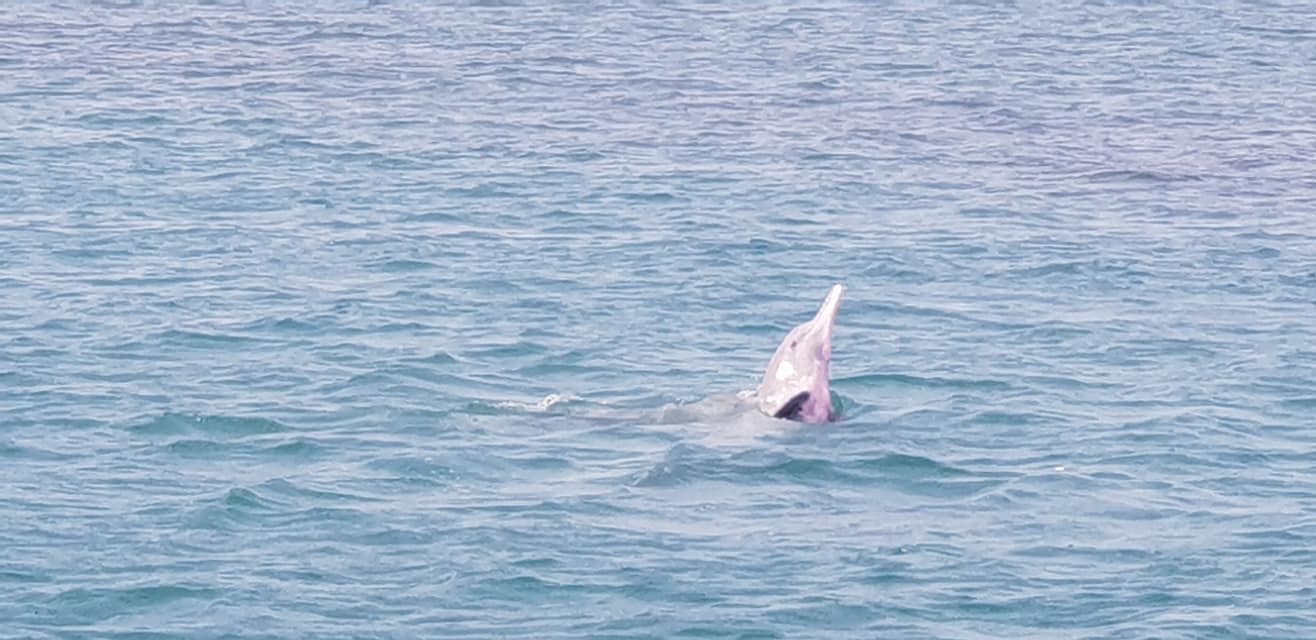 Taken at Pulau Hantu. Photo from Francis Dolphin / FB
Taken at Pulau Hantu. Photo from Francis Dolphin / FB
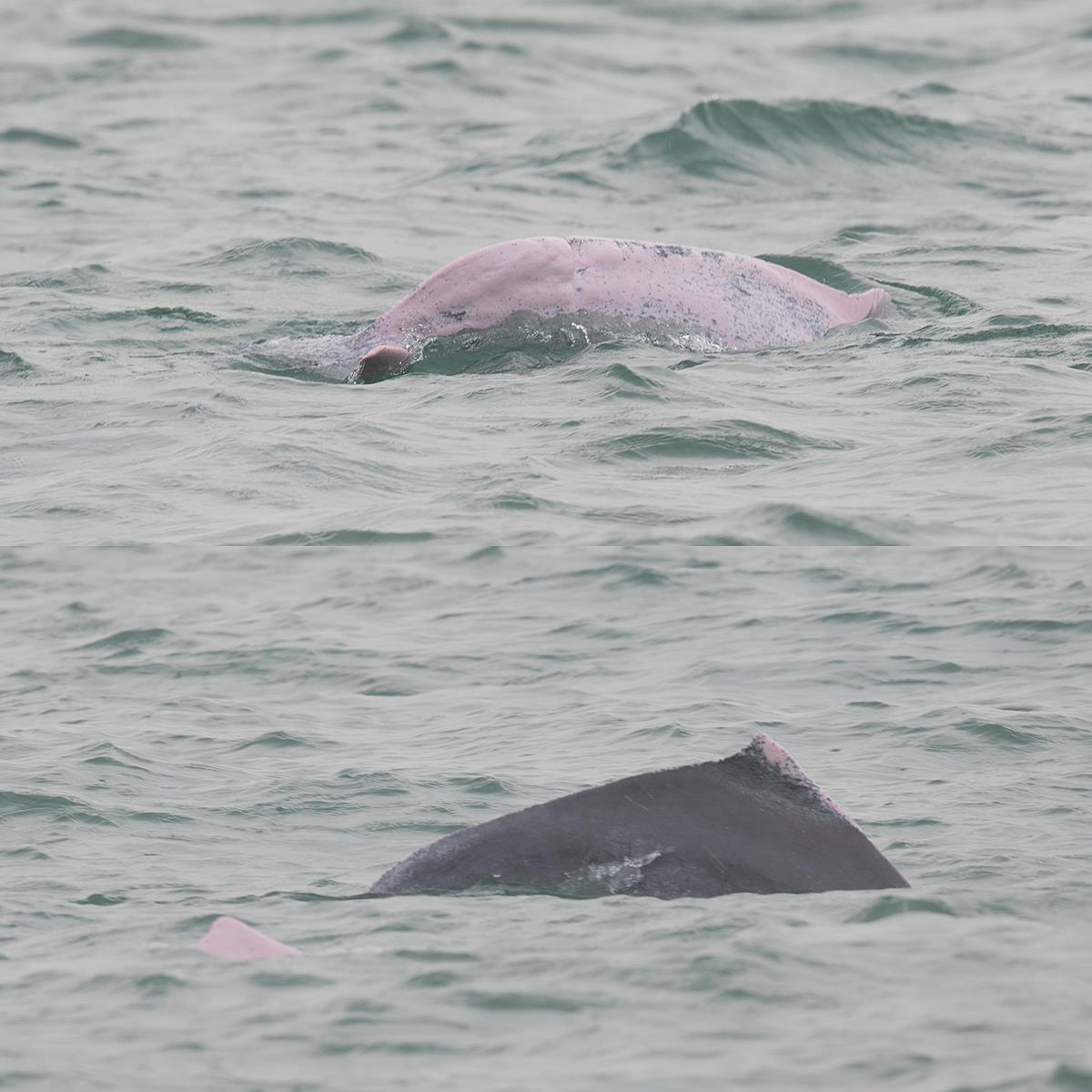 Taken at Horsburgh Lighthouse. Photo from Francis Yap / FB
Taken at Horsburgh Lighthouse. Photo from Francis Yap / FB
Wild dolphins not uncommon here
This is far from the first sighting of wild dolphins in Singapore waters. In fact, dolphins are actually not uncommon here.
Between 2008 and 2011, 169 dolphins were spotted between Singapore and Batam, reported The Straits Times.
Aside from Indo-Pacific humpback dolphins, Indo-Pacific bottlenose dolphins and Irrawaddy dolphins have previously been spotted in local waters.
Dolphins, charismatic as they are, not only serve as cute marine creatures humans coo over, but can allude to a healthy marine ecosystem as well.
The presence of these apex predators can be used as indicators for pollution, climate change and the abundance of fish.
Top photo from Ria Tan / FB
If you like what you read, follow us on Facebook, Instagram, Twitter and Telegram to get the latest updates.
